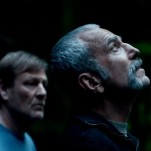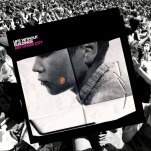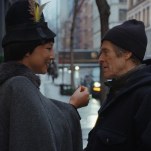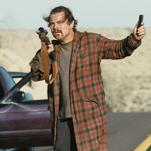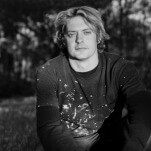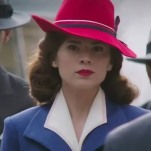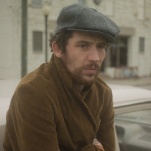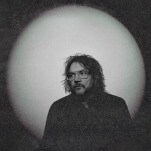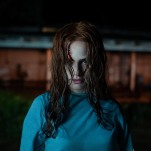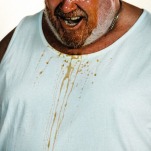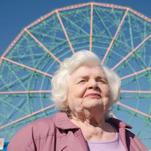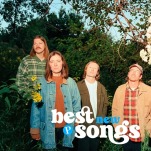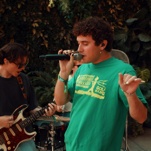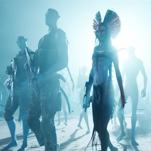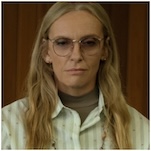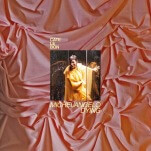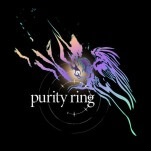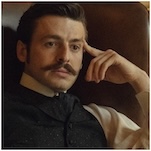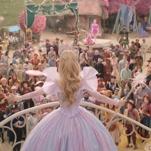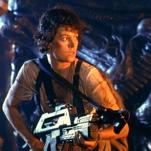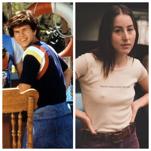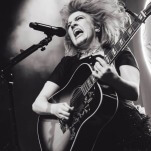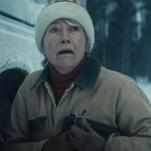Monte Hellman: The Actor’s Director
In spite of his work in the 1960s and ’70s with actors like Jack Nicholson, Warren Oates and Kris Kristofferson, and his association with directors like Quentin Tarantino, Francis Ford Coppola, Sam Peckinpah and Roger Corman, not many people know the name Monte Hellman. The 78-year-old filmmaker had a dozen movies to his credit between 1959 and 1989 before going more than two decades without a feature. He’s back with a brand new film Road To Nowhere.
But if it wasn’t for a chance encounter back in the ’50s, he might have never found his way into the director’s chair to begin with. “I never dreamed that I could break into doing movies,” he says. “I started directing in theater.”
But he jumped at an offer to work at ABC, where he cleaned out film vaults at the studios where Charlie Chaplin and Douglas Fairbanks once worked. After driving a studio delivery truck, he eventually worked his way into an assistant-editor position, while also directing the first Los Angeles production of Waiting for Godot. It was there that he met Roger Corman, an influential and prolific director known for his B-movies with titles like Attack of the Crab Monsters and Teenage Cave Man.
“The theater got sold out from under us,” Hellman remembers. But Corman offered him his first directing job on Beast of the Haunted Cave. It may have had a Corman title, but there were faint signs of what would become the Hellman style.
“It was hard because Roger kept making the same movie over and over,” he says. “”Every movie he did was a variation on Key Largo. We wouldn’t have the cinema we have today without Roger Corman. He couldn’t work for a studio. He had to do it on his own.”
Corman would even use Hellman to communicate with his cast, a skill Corman never developed. “For St. Valentine Day’s Massacre, he just hired me to talk to the actors, just to be his connection.” That was the beginning of Hellman’s reputation for being an actor’s director.
-

-

-

-

-

-

-

-

-

-

-

-

-

-

-

-

-

-

-

-

-

-

-

-

-

-

-

-

-

-

-

-

-

-

-

-

-

-

-

-

